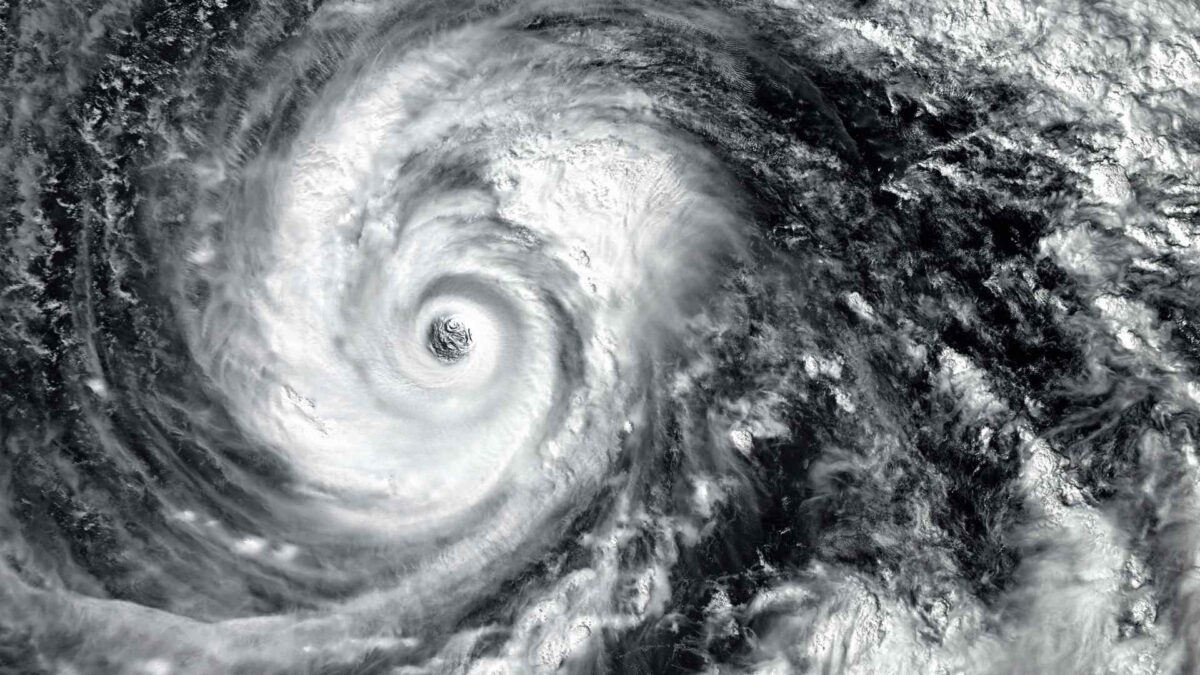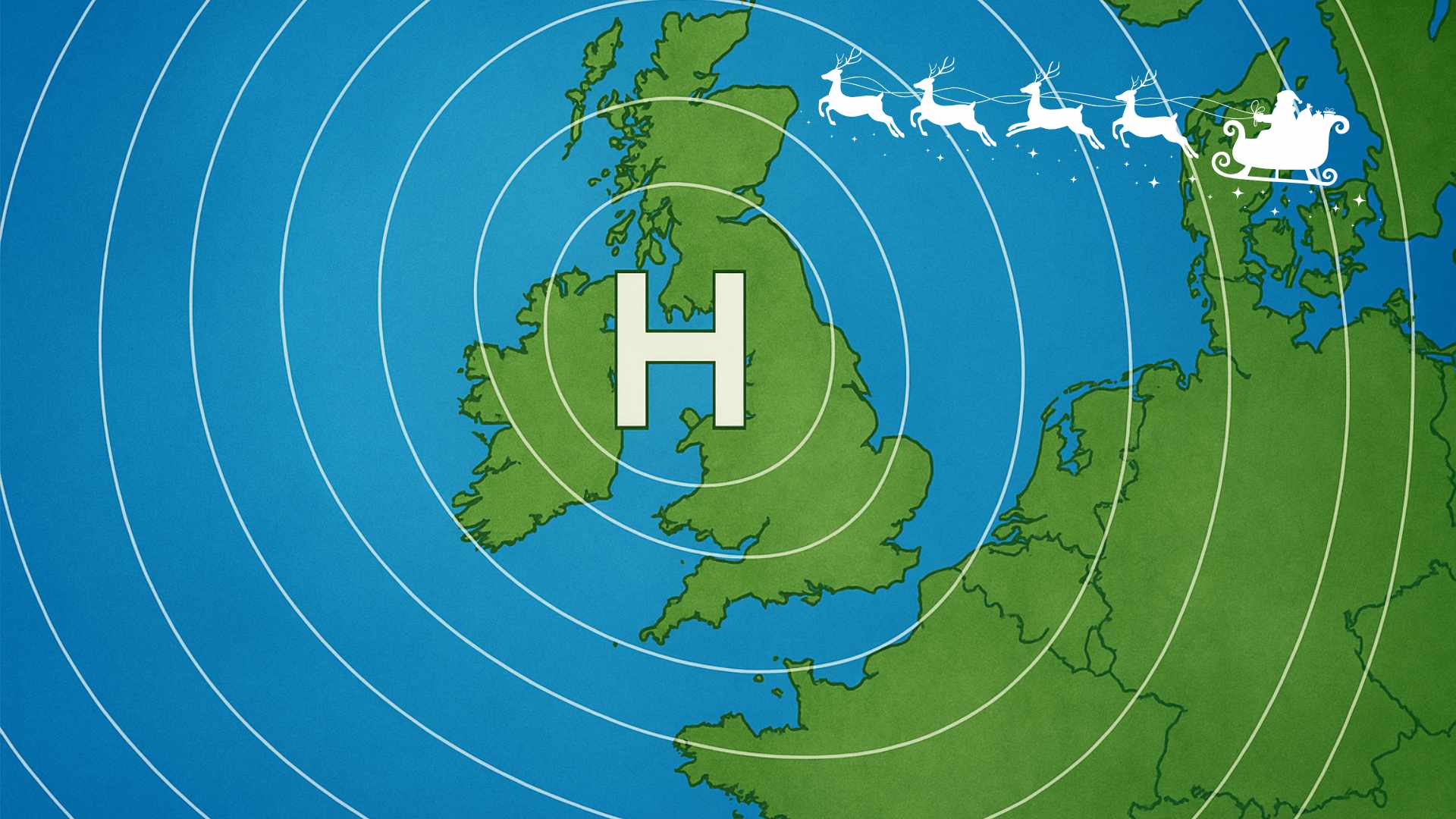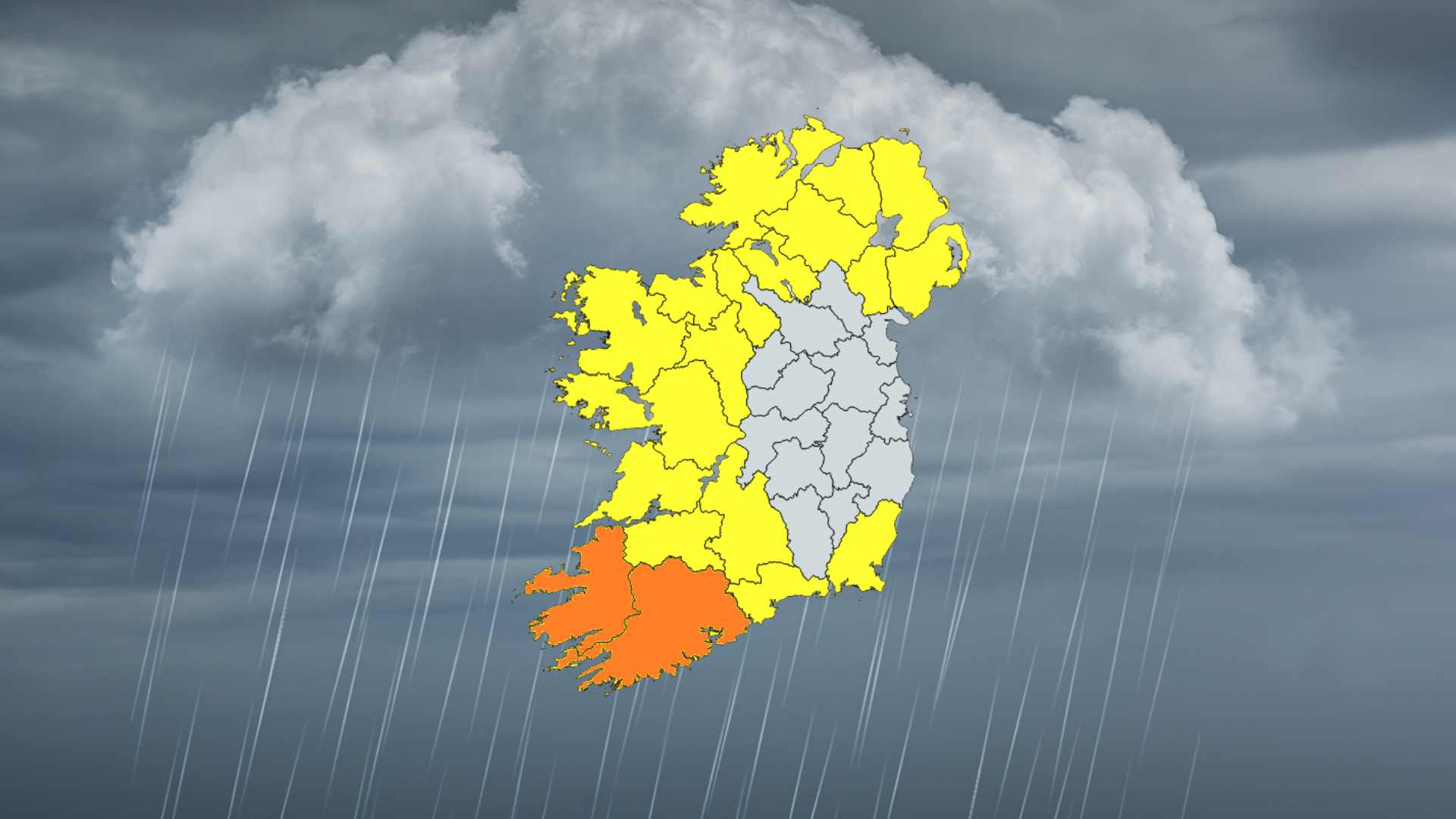
2024 Shatters Climate Records Across the Globe

Greenhouse gas concentrations, global temperatures across land and oceans, sea level and ocean heat content all reached record highs in 2024, while glaciers lost more ice than in any year since records began, according to the 35th annual State of the Climate report.
The international assessment, published in the Bulletin of the American Meteorological Society (BAMS), is based on contributions from 589 scientists in 58 countries. It provides one of the most comprehensive annual updates on the Earth’s climate, drawing on observations from land, water, ice and space.
American Meteorological Society president David J Stensrud described the report as a “truly global effort” that brings together hundreds of researchers from universities and government agencies. The findings, he said, confirm “the reality of our changing climate, with 2024 global temperatures reaching record highs”.

Key findings
• Greenhouse gases: Carbon dioxide, methane and nitrous oxide all reached record levels. The global average CO2 concentration hit 422.8 parts per million, up 52 per cent from pre-industrial levels. The annual rise from 2023 to 2024 was 3.4 ppm, the joint highest since records began in the 1960s.
• Temperatures: A new global surface temperature record was set for the second year in a row, between 0.63 and 0.72 degrees Celsius above the 1991–2020 average. All six major datasets agree that 2015–2024 were the warmest ten years on record. A strong El Niño that began in mid-2023 contributed to the heat.
• Water cycle: Higher temperatures intensified evaporation, with the Northern Hemisphere recording one of its highest annual values. Global water vapour reached a record high and 2024 became the third-wettest year since 1983. Dubai recorded 250mm of rain in 24 hours in April, almost three times its annual average.
• Oceans: Global sea surface temperatures stayed at record highs from January to late June, surpassing the previous record from 2023. Ninety-one per cent of the ocean surface experienced at least one marine heatwave in 2023, with a record global average of 100 marine heatwave days. Ocean heat content to 2,000 metres depth also hit a record, while sea level rose to its highest point since satellite measurements began in 1993.
• Polar regions: The Arctic recorded its second warmest year on record, with the warmest autumn ever observed. Sea ice extent was the second smallest at its winter maximum and the sixth smallest at its summer minimum. In Antarctica, sea ice remained well below average, with daily minimum and maximum extents the second lowest on record after 2023.
• Glaciers: All 58 reference glaciers monitored across five continents lost mass in 2024, the greatest average loss in the 55-year record. Venezuela became the first Andean nation to lose all glaciers, while Colombia’s Conejeras Glacier was declared extinct.
• Storms: There were 82 named tropical cyclones globally, below the average of 87. However, several storms caused major damage. In the United States, Hurricane Helene killed more than 200 people, the most from a single storm since Hurricane Katrina in 2005. In the northwest Pacific, Super Typhoon Yagi caused more than 800 deaths in China and Vietnam.
The State of the Climate is a peer-reviewed series published annually as a special supplement to BAMS, with the full report freely available online.
Share this WeathÉire story:







